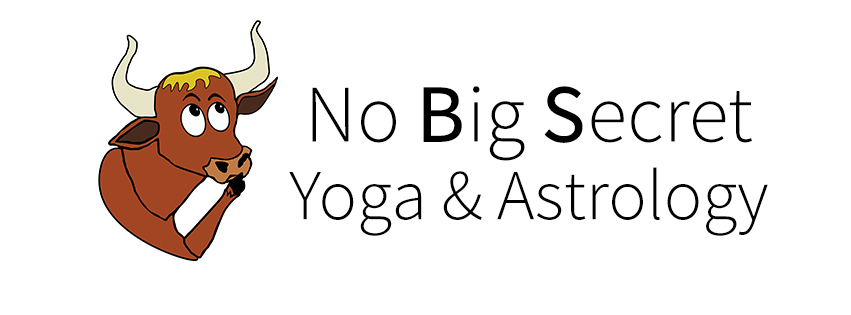Sutras 1.5 - 1.11: What is Thought?
1.5. The thought-streams are five-fold, painful and not painful.
1.6. Right knowledge, wrong knowledge, fancy, sleep and memory.
1.7. Right knowledge is inference, tradition and genuine cognition.
1.8. Wrong knowledge is false, illusory, erroneous beliefs or notions.
1.9. Fancy is following after word-knowledge empty of substance.
1.10. Deep sleep is the modification of the mind which has for its substratum nothingness.
1.11. Memory is not allowing mental impressions to escape.
This is going to be a long post, but it's well worth it. These seven Sutras explain the makeup of though and how the mind attaches itself to it. When dealing with the mind in Yoga, it is considered a separate entity. Who do you think you really are? What identifies your self concept? If I were to ask you to compile a list, I think it would contain nothing more than thoughts, symbols and memories accrued over time. The goal of attaining liberation and enlightenment lies beneath all of that. One of my favorite analogies is comparing the mind to looking at the reflection of the moon in a lake of water. When the water is unsettled, you do not see the moon clearly for what it is. So are the thoughts that run through the mind. They scatter our perception of the true nature of reality by pulling our focus from here to there. True yogic meditation does not begin until we start to sort through the waves breaking the image of our true selves.
So, sutra 1.5 and 1.6 state that there are five kinds of though which are right knowledge, wrong knowledge, fancy, sleep and memory. These thoughts are on a continuum of painful to non painful.
One disagreement that I have with the translation that I prefer the words attached and unattached instead of painful and non painful.
ATTACHED <===========================================> NON ATTACHED
All thought in the mind fall somewhere on this spectrum and differ from person to person. For instance, if someone has a fear of heights, all the thoughts associated with that fear would be considered attached. The same person could very well go up to a hornet's nest with a stick and beat on it with no fear. I would still call that stupid, but that is not the point.
The Five Types of Thought
1.7 - Right Knowledge - is what is left over once all thought has become non-attached.
1.8 - Wrong Knowledge - I like the following story, it helps explain. Two men were setting on a hill when off in the distance a cloud of smoke appeared on the horizon. One man jumped up an yelled Fire and ran to the nearby village to evacuate the residents. The other man walked over to the spot where the smoke first appeared and saw no fire. A gust of wind had blown a pile of dirt giving the appearance of smoke.
We see wrong knowledge occurring all the time in our society. People use confirmation bias, second had accounts and gossip in place of right knowledge.
1.9 - Fancy simply means day dreaming. Weather we are fretting about something that has not happened, or thinking about something other than what you are doing at the time.
1.10 - Deep or dreamless sleep is more of a level of consciousness then a type of thought. Dreaming while asleep is close to daydreaming.
1.11 Memory is the last type of thought. These thoughts are tainted with the impressions of past experience. In Sanskrit, these impressions are called Samskaras. A Samskara is any sensory perception that accompanies a thought, which includes emotions. Getting back to the example of the fear of heights: You may have fallen off a chair when you were a child, and the impression of that fall now accompanies you when an event triggers the thought. Did you break your arm when you fell off the chair? I bet that hurt. Were you rushed to the hospital? What was the doctor wearing when you got there? Those are all the Samskaras associated with this knowledge. Now, if you happen to stand on another chair, what are the chances you will fall again?
